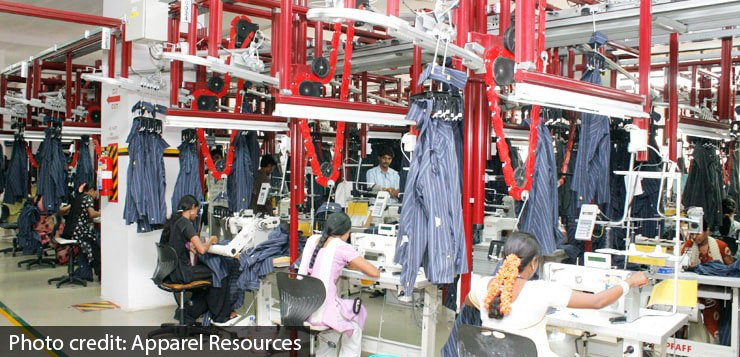
“Sustainability is no longer about doing less harm. It’s about doing more good.” – Jochen Zeitz
Tiruppur, the bustling heart of India’s textile industry, has woven a remarkable tale of transformation. Once known for its environmental challenges, Tiruppur has emerged as a pioneer in sustainable industrial practices.
According to the UNRIC, the global textile sector uses an astonishing amount of water—equivalent to 86 million Olympic swimming pools each year. Recognising the urgent need for sustainable water practices, Tiruppur has adopted the Zero Liquid Discharge (ZLD) approach. This system ensures that every drop of water used in dyeing and processing is treated and reused, leaving no waste to pollute the environment. The Tiruppur Cluster now boasts 300 dyeing units connected to 18 Common Effluent Treatment Plants (CETPs) and 60 units with Individual Effluent Treatment Plants (IETPs). These facilities recycle an impressive 120 million litres of water daily, recovering 94% for reuse in processing and converting the remaining 6% into reusable salt.
Tiruppur’s commitment to sustainability extends beyond water management to energy consumption. The textile units have installed solar power plants and wind energy generators, producing a substantial 1,600 KVA per day. This output far exceeds the cluster’s daily consumption of 250 KVA, with the surplus green energy contributing to the Tamil Nadu Power Grid. This initiative not only supports the industry’s energy needs but also benefits the local community by providing additional power.
Furthering its environmental commitment Tiruppur has launched several impactful green initiatives. The ‘Vanathukul Tiruppur’ project, a mass tree plantation drive led by the NGO VETRY, stands out as a major achievement. Supported by local garment units, this initiative has resulted in the planting of 1.5 million saplings over eight years. Additionally, rainwater harvesting has become a widespread practice among the cluster’s factories. This sustainable method has enabled many units to become self-sufficient in water usage, reducing dependence on external sources and fostering a culture of conservation.
Tiruppur’s journey from a conventional textile hub to a model of sustainability illustrates the profound impact of innovation and collective action. By integrating Zero Liquid Discharge, embracing renewable energy, and initiating ecological projects, Tiruppur has set a new standard for the global textile industry. As Tiruppur shows, our actions today are crucial because we do not inherit the Earth from our ancestors; we borrow it from our children.
